Asparagus Setaceus – Lace Fern
$15.99 Original price was: $15.99.$11.19Current price is: $11.19.
- Shop with ease, buy with confidence.
- Free Shipping, Quality Goods
- High quality products, low prices.
- Quality You Can Count On

Asparagus setaceus plumosus is an elegant fern with long wiry stems and lovely frond-like sprays that scramble outwards horizontally. It is bushy initially, developing long, twining stems of bright green, feathery fronds. Tiny green-white bell shaped flowers may appear in late summer which develop into small, purple berries. Although Asparagus setaceus looks soft and frilly, it does develop thorns to watch for when handling.
Asparagus setaceus plumosus is also known as Lace Fern, Common Asparagus Fern or Climbing Asparagus. Although it is called a fern, it is really a member of the lily family. It is fast-growing and can reach a height of 2.5m unless pruned.
Asparagus setaceus Care & Info Guide
Horty Hints
Some steam a day will keep dried leaves at bay! High humidity environments will stop this fern from drying up.
Due to their vigorous growth habit, Asparagus setaceus may become pot-bound. If required, re-pot during springtime.
A little off the top! Trim in winter/early spring to maintain desired size and shape.

Light
Bright, indirect sunlight. Direct sunlight may scorch the needles, whereas insufficient light may turn them yellow and cause them to drop.

Watering
The Lace Fern should be watered regularly so that the soil can stay moist, but be careful not to overwater as waterlogged roots can easily rot. Less water is required during the winter.

Temperature
Average household temperatures will suit the Asparagus setaceus well. Needs a minimum of 13°C in winter. Avoid cold draughts.

Humidity
This plant thrives in increased humidity, so will appreciate the occasional misting. If you notice browning, try misting, or pop it beside the shower for a short while.

Feed
Feed this fern with a weak solution during the growing season to encourage better growth.

Height & Growth Rate
Asparagus setaceus is a fast growing plant which typically grows to around 1 metre, but can reach heights of up to 2.5 metres with support.

Toxicity
Please be aware that the Lace Fern may cause skin irritation and its berries are inedible.

Origin
Asparagus setaceus is native to Southern Africa.
| SIZE: Pot Diameter x Total Height | 12 x 35cm, 21 x 50cm |
|---|
Be the first to review “Asparagus Setaceus – Lace Fern” Cancel reply
Related products
HOUSEPLANT STYLES
HOUSEPLANTS
HOUSEPLANTS
HOUSEPLANTS
HOUSEPLANTS
HOUSEPLANTS
HOUSEPLANT STYLES
HOUSEPLANT STYLES


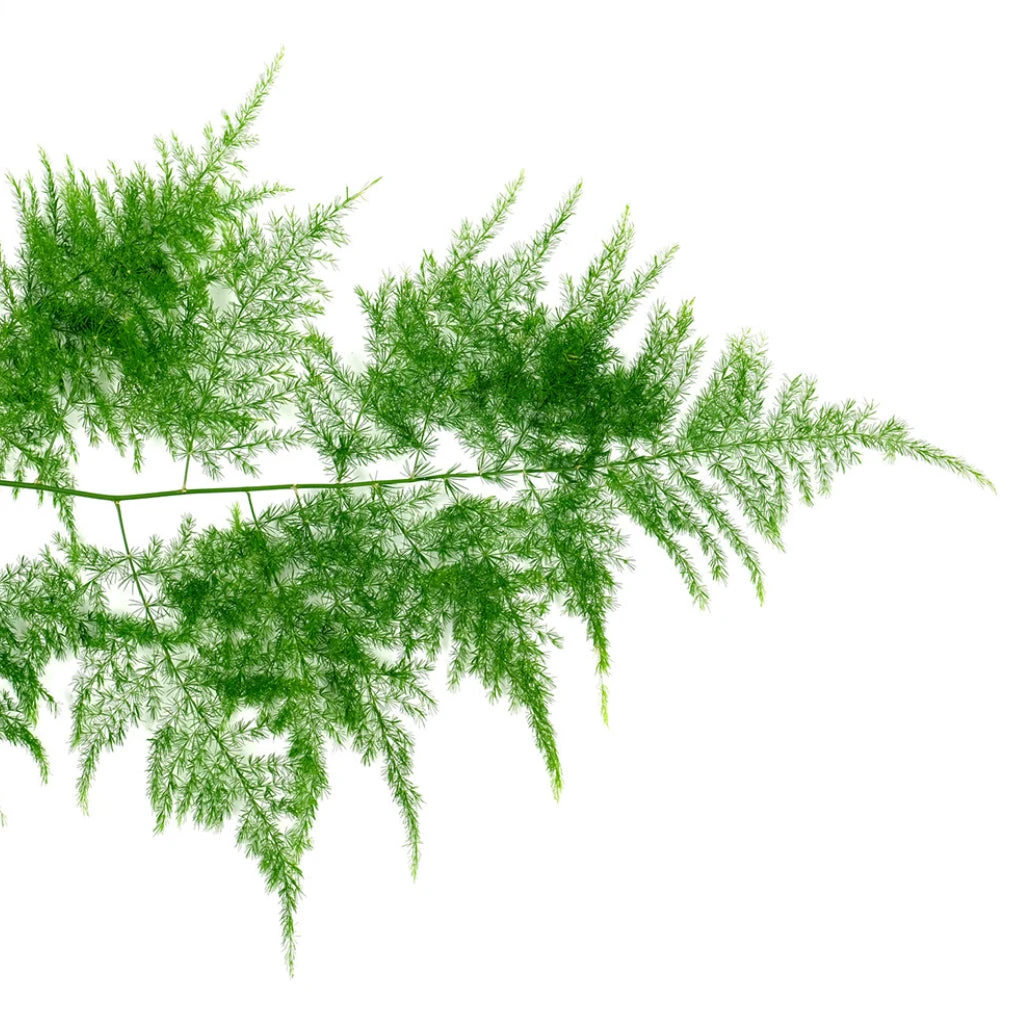



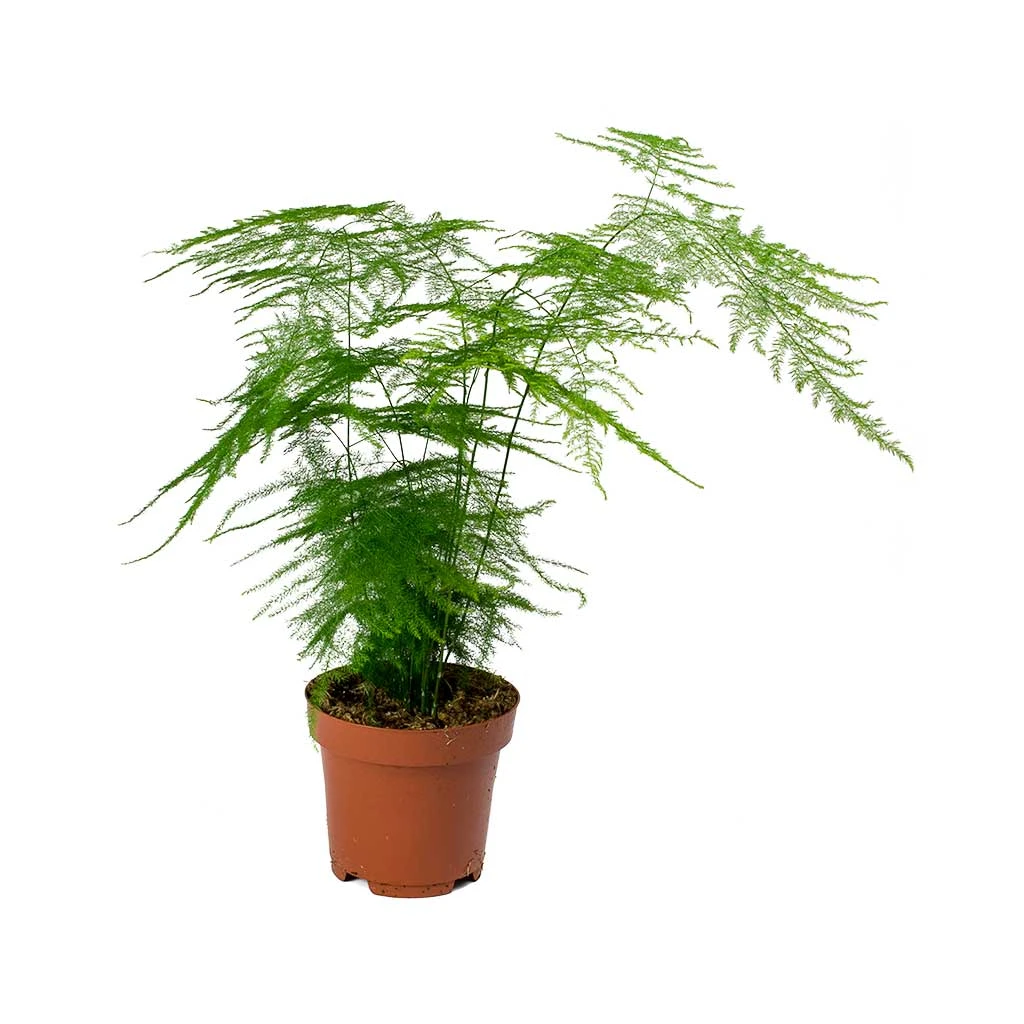


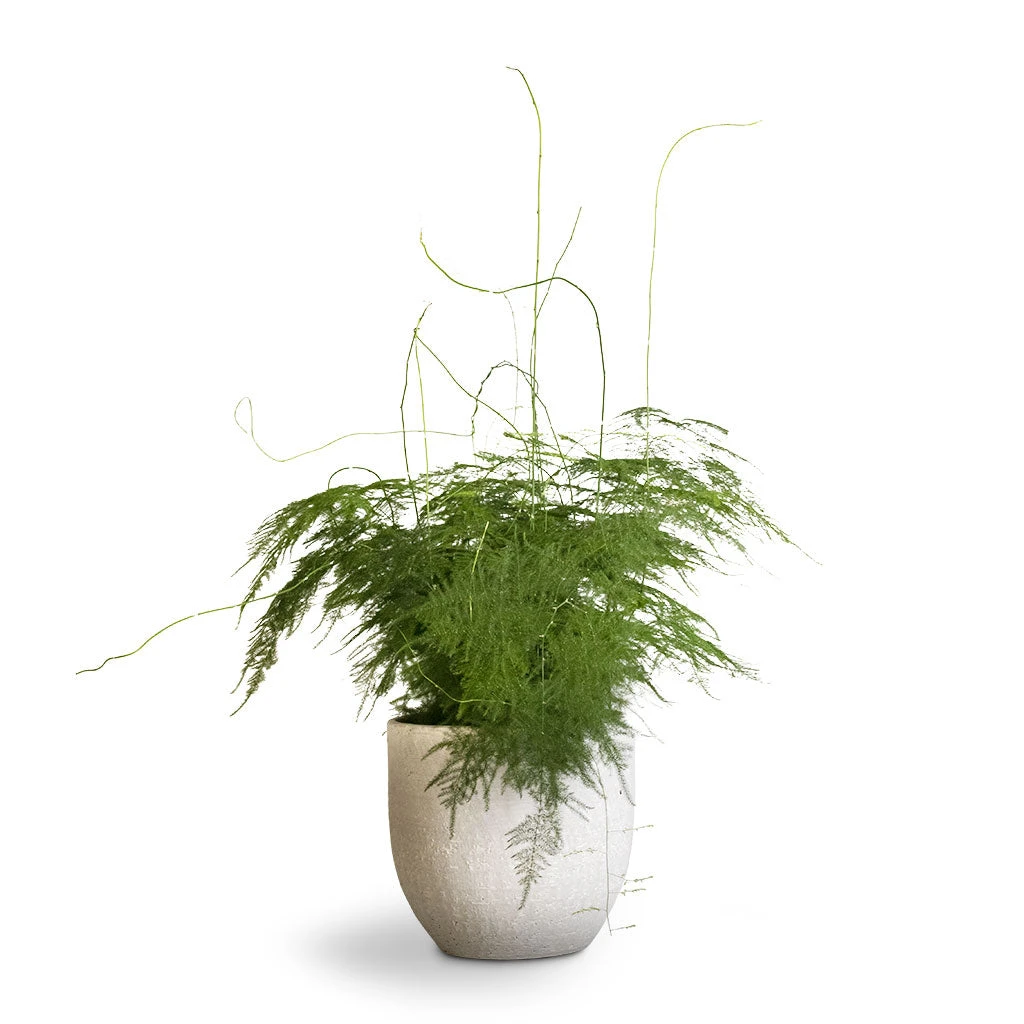
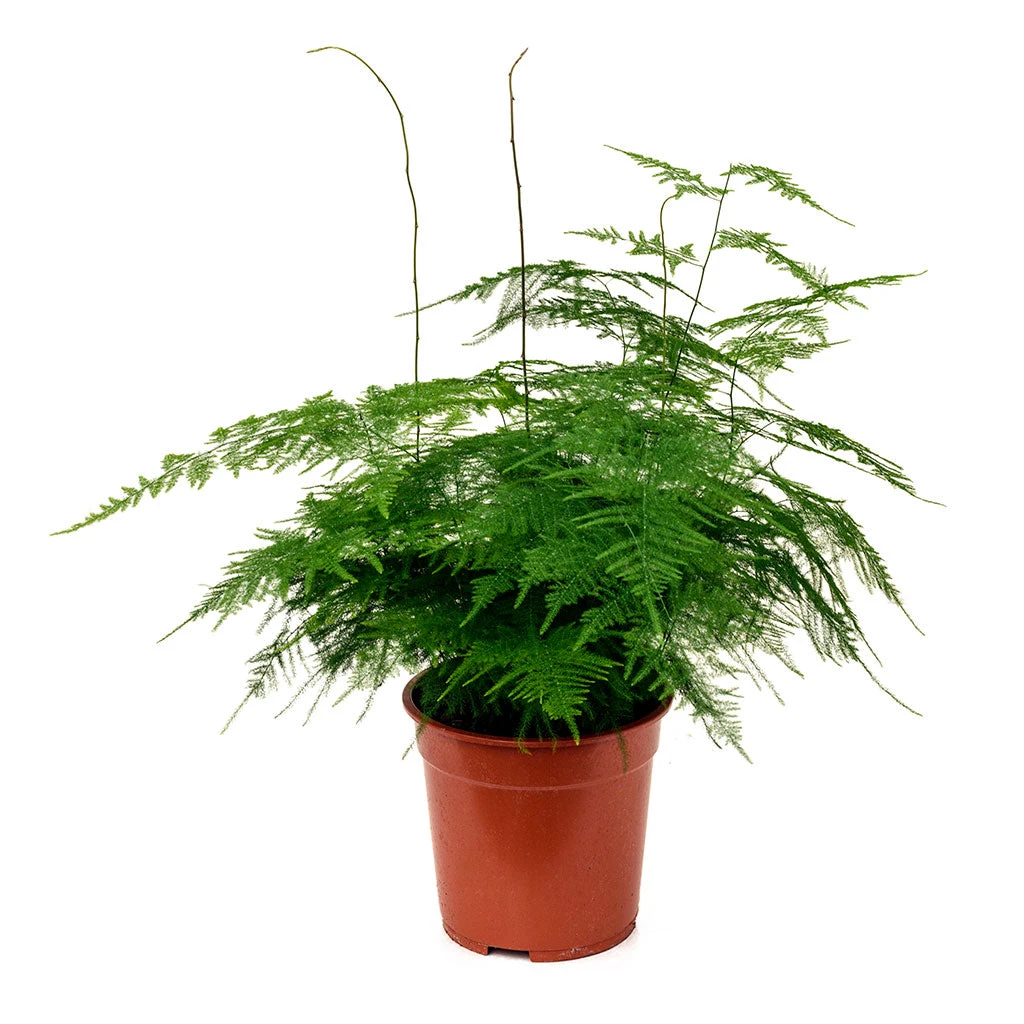

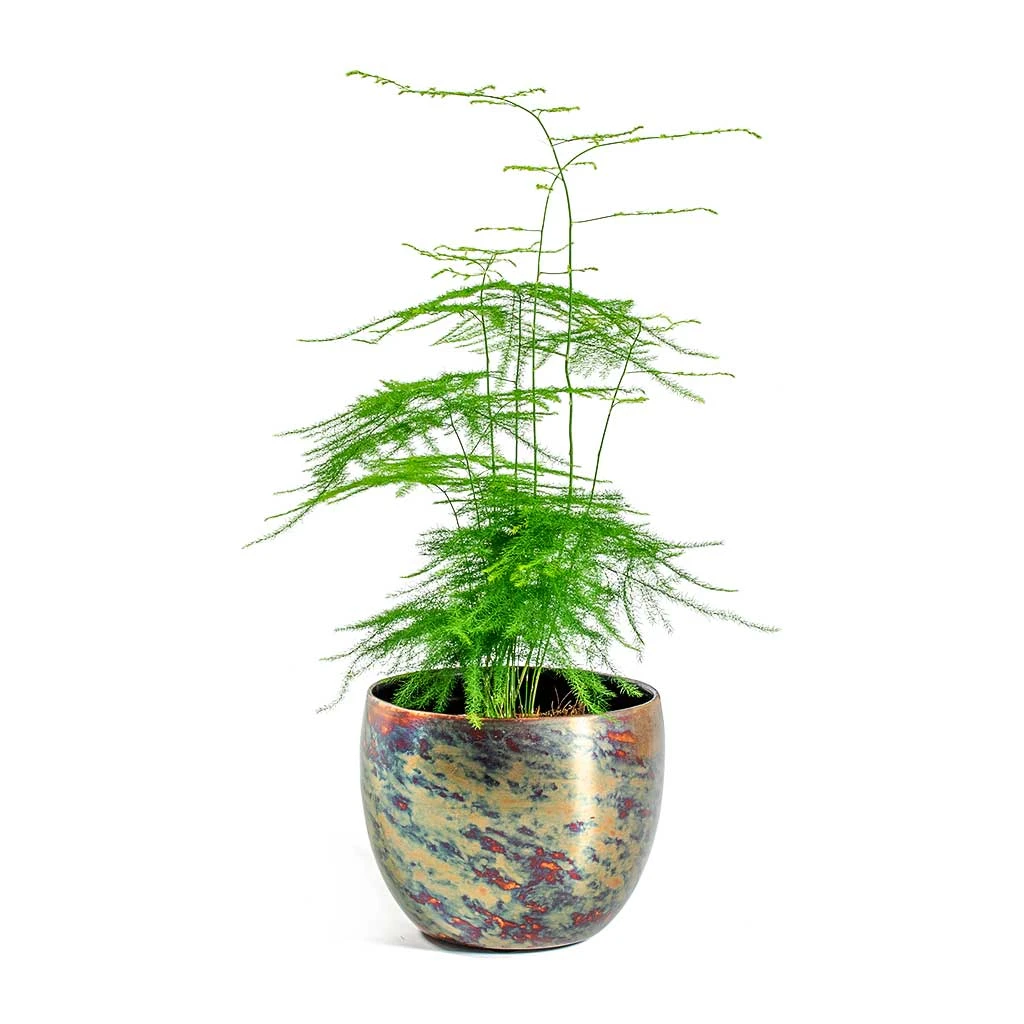
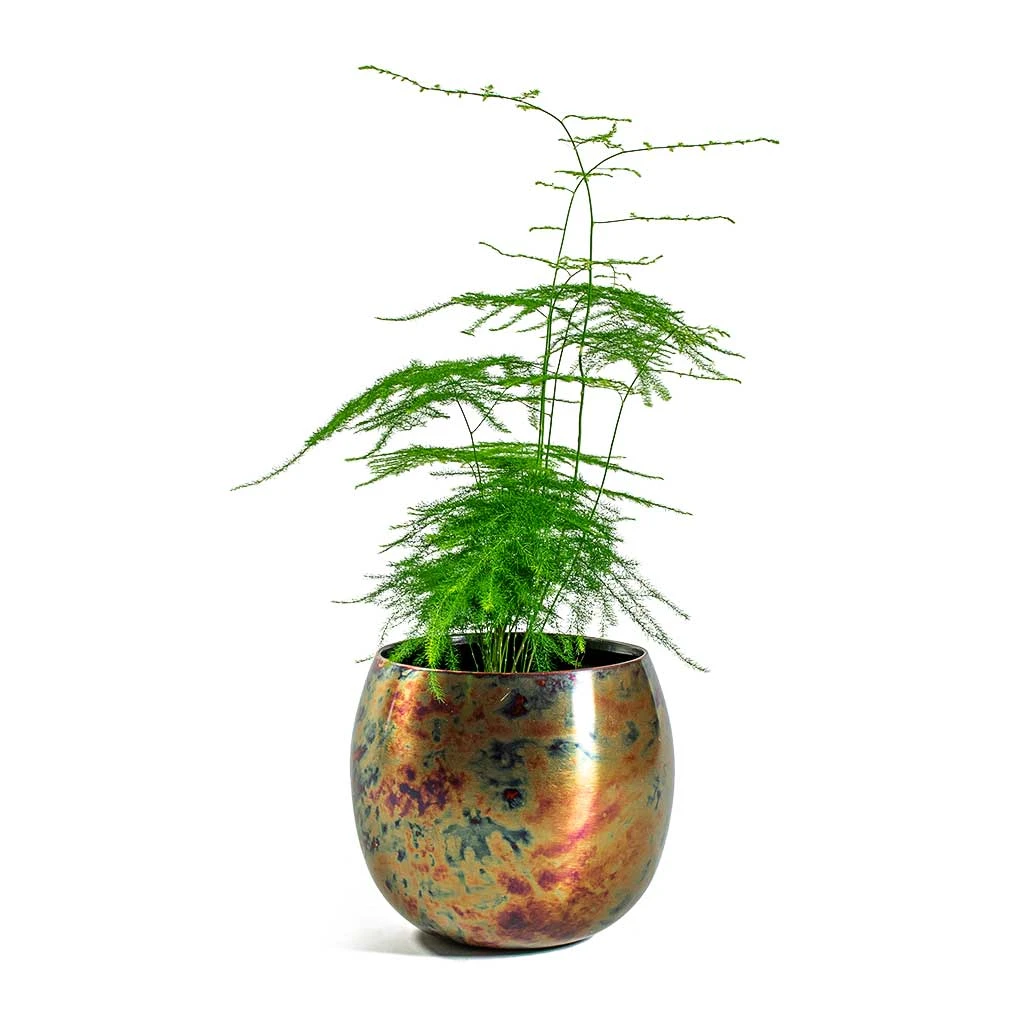
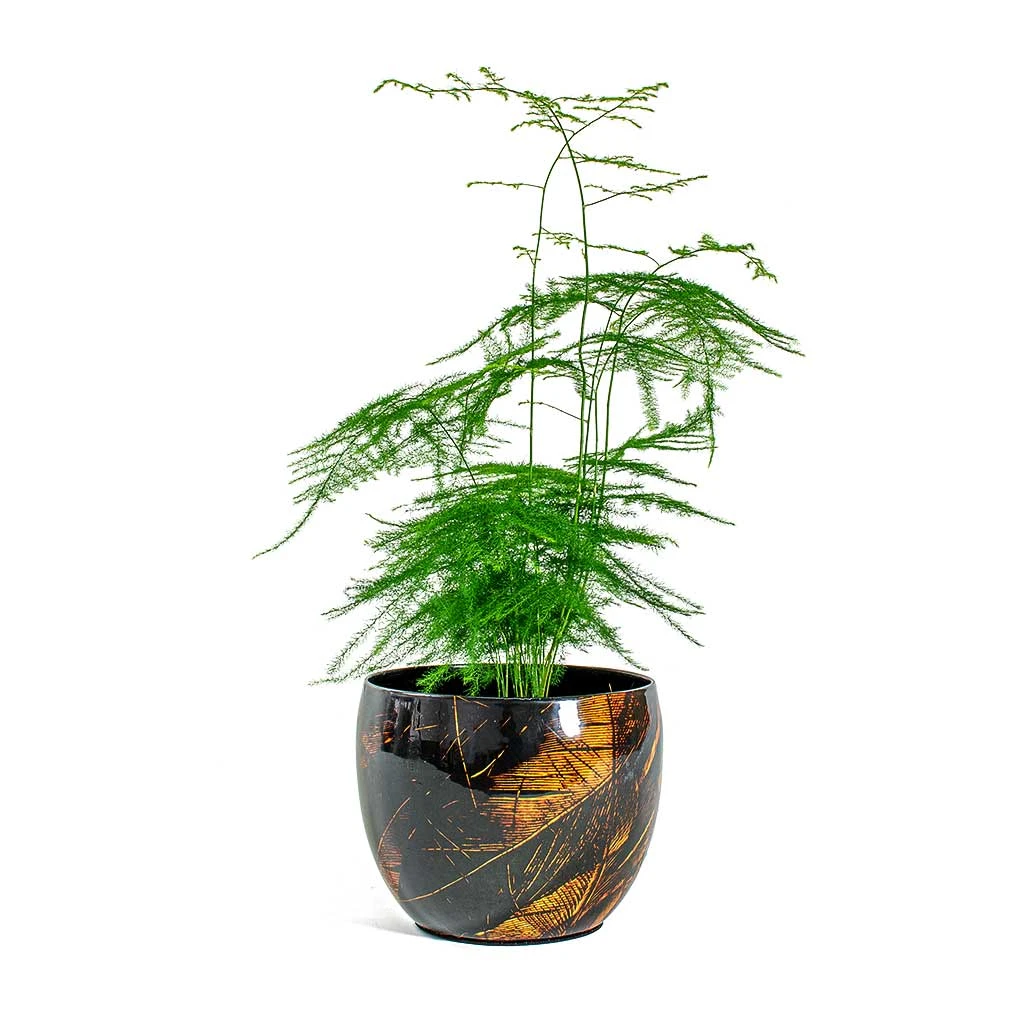



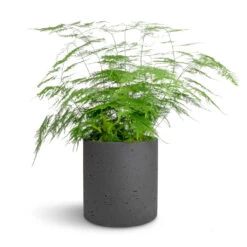
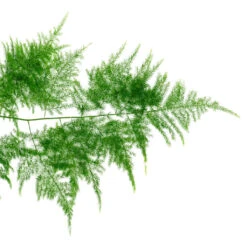


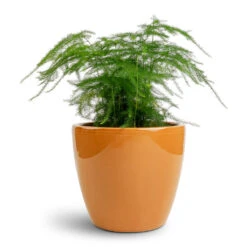
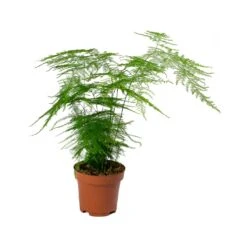
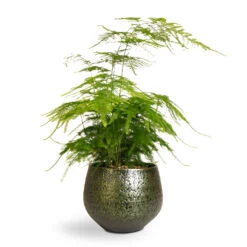
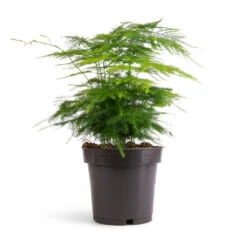
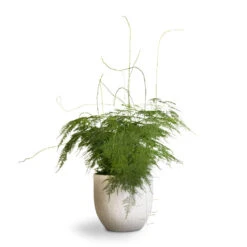

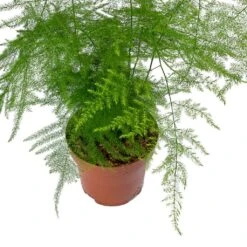




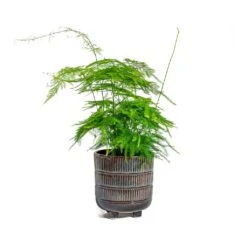


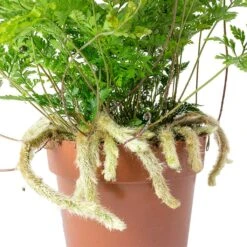
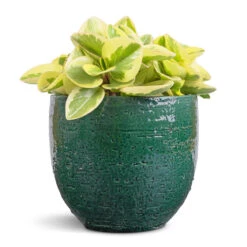
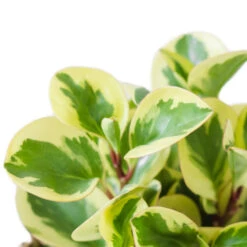


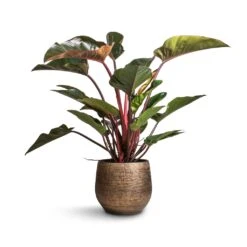
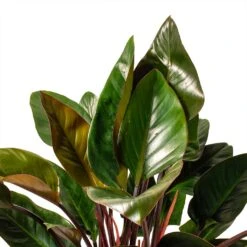

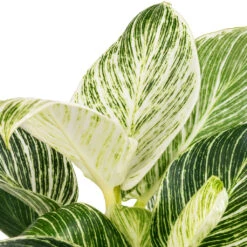




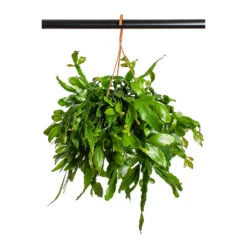

Reviews
There are no reviews yet.